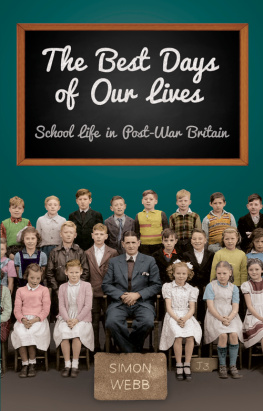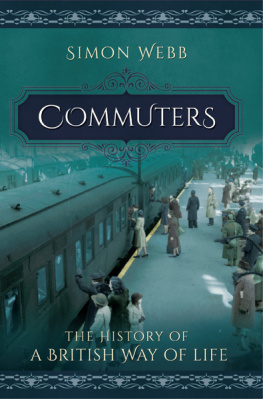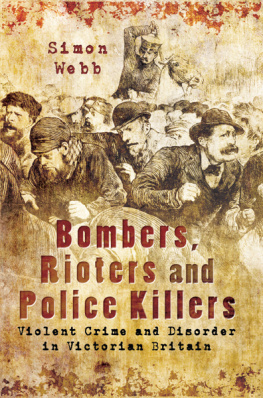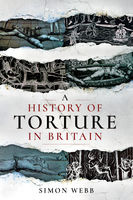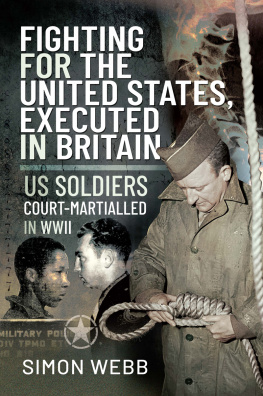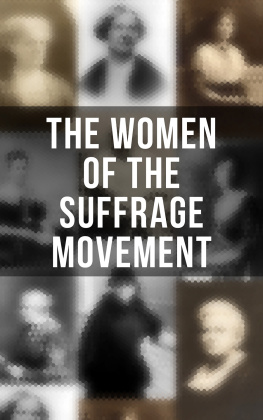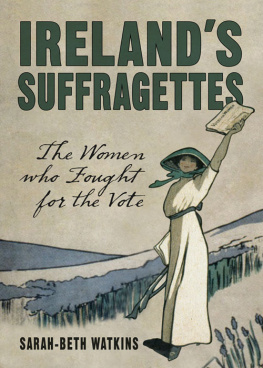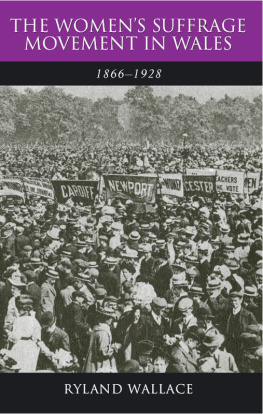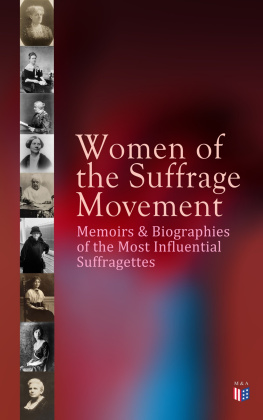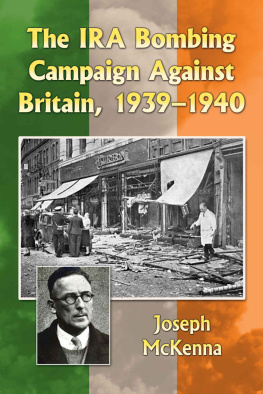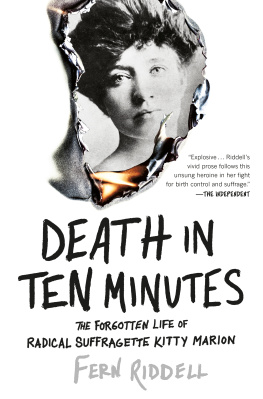First published in Great Britain in 2014 by
PEN & SWORD HISTORY
An imprint of
Pen & Sword Books Ltd
47 Church Street
Barnsley
South Yorkshire
S70 2AS
Copyright Simon Webb, 2014
ISBN 978-1-78340-064-5
eISBN 9781473838437
The right of Simon Webb to be identified as the author of this work has been asserted by him in accordance with the Copyright, Designs and Patents Act 1988.
A CIP catalogue record for this book is available from the British Library.
All rights reserved. No part of this book may be reproduced or transmitted in any form or by any means, electronic or mechanical including photocopying, recording or by any information storage and retrieval system, without permission from the Publisher in writing.
Typeset by Concept, Huddersfield, West Yorkshire, HD4 5JL.
Printed and bound in England by CPI Group (UK) Ltd, Croydon CR0 4YY.
Pen & Sword Books Ltd incorporates the imprints of Pen & Sword Archaeology, Atlas, Aviation, Battleground, Discovery, Family History, History, Maritime, Military, Naval, Politics, Railways, Select, Social History, Transport, True Crime, and Claymore Press, Frontline Books, Leo Cooper, Praetorian Press, Remember When, Seaforth Publishing and Wharncliffe.
For a complete list of Pen & Sword titles please contact
PEN & SWORD BOOKS LIMITED
47 Church Street, Barnsley, South Yorkshire, S70 2AS, England
E-mail: enquiries@pen-and-sword.co.uk
Website: www.pen-and-sword.co.uk
List of Plates
Acknowledgements
Within the Plate Section images 10 and 11 were sourced from the Library of Congress, while image 17 was originally published in Punch magazine.
Introduction
History has been kind to the suffragettes. A century after their activities ended, they are almost universally regarded as having been heroic ghters for a noble and just cause. Hunger strikes, chaining themselves to railings, smashing windows, dying under the hooves of the Kings horse at Epsom these are the images that we associate with the suffragettes. There was another side to their struggle though, and it is one that has been almost wholly forgotten.
In addition to their legitimate political activity and more boisterous protests, they also conducted a widespread and sustained bombing campaign against targets throughout the entire country. These targets included the Bank of England and St Pauls Cathedral in London, theatres in Dublin and the Royal Observatory in Edinburgh, as well as other places as varied and disparate as the Liverpool Cotton Exchange, the Glasgow Botanic Gardens and a barracks in Leeds. The bombings reached a climax in the summer of 1914 with explosions at Westminster Abbey in London, Rosslyn Chapel in Scotland and a cathedral in Ireland.
The combination of high explosive bombs, incendiary devices and letter bombs used by the suffragettes provided the pattern for the IRA campaigns of the 1970s and 1980s. Indeed, the first terrorist bomb to explode in Northern Ireland in the twentieth century, at Lisburns Christ Church Cathedral, was detonated not by the IRA, but by the suffragettes in August 1914.
Criticising the suffragettes makes many people feel uncomfortable. They were so obviously justified in their anger at being deprived of the vote that it may seem a little small-minded a hundred years later, to be quibbling about the finer details of their methods. After all, the predominant image we have today of the suffragettes is of dedicated women suffering and even being prepared to die for a principle in which they believed, a principle which is today almost universally accepted that men and women should have equal rights in a democratic society.
At the heart of the popularly accepted narrative about the suffragettes lies two intertwined ideas. The first is that the suffragettes were instrumental in helping British women to gain the vote. The second is that they did so by unconventional, but almost entirely non-violent means. The myth runs that the Pankhursts and their acolyte, Emily Davison, endured hardship and pain themselves in order to draw attention to the injustices of the society in which they lived. They were Victorian women who triumphed in the end by ensuring that it was they, rather than their opponents, who suffered. They sacrificed themselves for the greater good. True, they and some of their more enthusiastic followers might have broken a few windows or trashed pillar boxes, but this was pretty harmless stuff and they wouldnt have dreamed of hurting anybody. When we think of them, it is usually as victims, rather than as aggressors.
Open any book mentioning the suffragettes or visit a museum with a display about them and you are sure to encounter at least two posters created by the suffragette movement which epitomise how we view these women today. The first, entitled Torturing Women in Prison, shows a hunger striker being force-fed and the second, a response to the Cat and Mouse Act, depicts a lifeless woman in the mouth of a cruel animal. Undoubtedly, these are brilliant pieces of political propaganda; both posters intended to show women as helpless, cruelly mistreated creatures. These are women to whom things are done .
The general feeling now is that although these women may have shouted, thrown things, damaged letter boxes and made a nuisance of themselves, they are the ones who suffered and who were the objects of violence and oppression. It was the police who were agressive towards them; the prison authorities who tortured them by force-feeding; the rough crowds of men who taunted and sometimes manhandled them at their public rallies; and the government who played cat and mouse with them.
This archetype of woman as suffering martyr is appealing, in a mawkish and sentimental way, with its selfless heroines who never need to resort to the masculine devices of violence and aggression to get their way. Its a harmless enough fairy tale, as long as we bear in mind that it bears little or no relation to the truth. The reality is very different. Not only were the suffragettes representatives of a profoundly undemocratic and arguably proto-fascist terrorist organisation, it is very likely that their actions delayed, rather than hastened, votes for women.
That the suffragettes were prepared to suffer themselves, and also to inflict suffering upon others, seems a strange idea, running counter to all that we think we know about the campaign for womens votes. So deeply embedded in the national psyche is the notion of suffragettes as tireless campaigners and sometimes selfless martyrs, so powerful is the mythology surrounding them, that one feels instinctively that they could not really be described as terrorists. This is certainly the view of almost every modern author who mentions them. Andrew Marr, for instance, writing in The Making of Modern Britain , cites one relatively innocuous bomb attack upon an unoccupied house belonging to Lloyd George, and then claims that the suffragettes were not terrorists in any serious modern sense.
It would be interesting to know what people in Londons West End would have made of the above assertion if they were among those who happened to be in the vicinity of Trafalgar Square on 5 April 1914. At 10.30pm that evening, a bomb planted by the suffragettes in the Church of St Martin-in-the-Fields exploded, blowing out the windows and showering passers-by with broken glass. The explosion started a fire inside the church and hundreds of people soon flocked to the scene, many voicing their anger at the suffragettes who had carried out this attack.
The best way to consider the true nature of suffragette activity in the years leading up to World War One is to take a few random incidents from that time, transplant them from Edwardian Britain to the present day and then see what we would think of them now.


